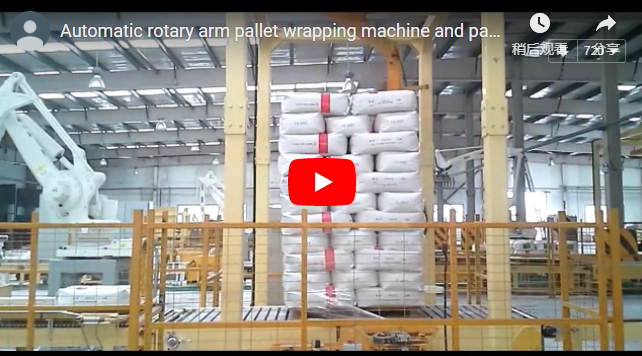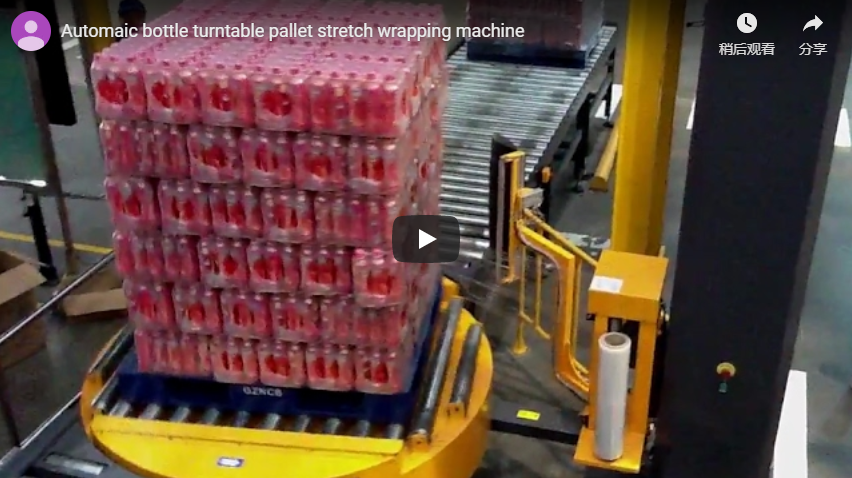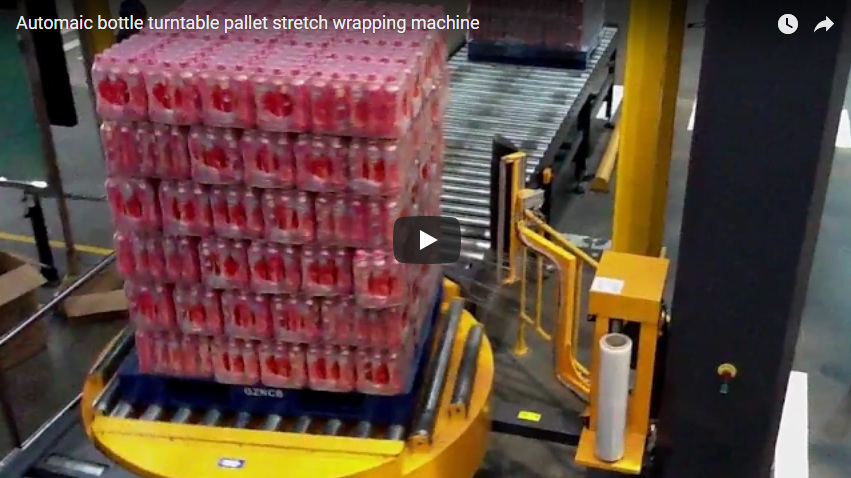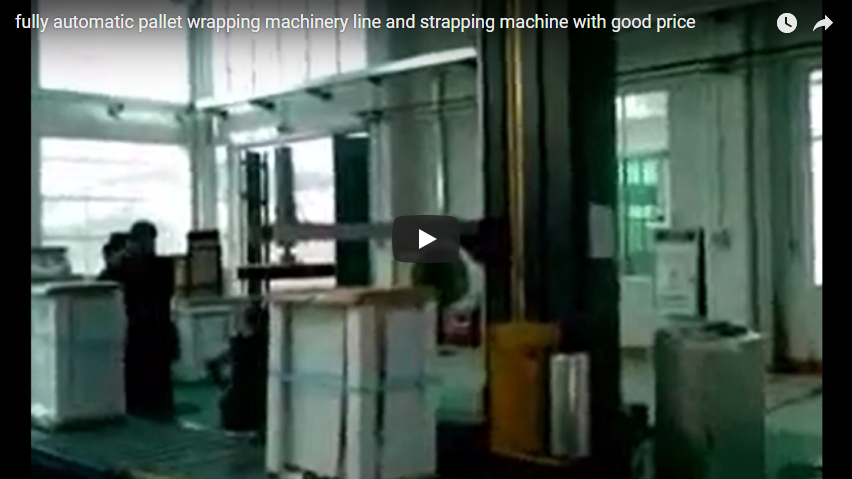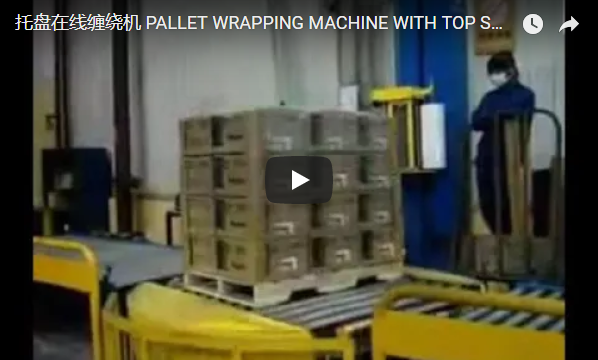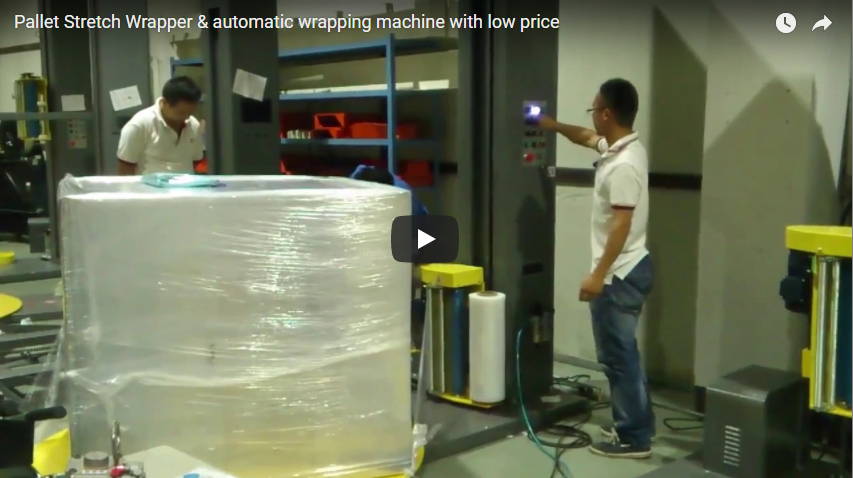Optimizing End-of-Line Packaging: A Technical Deep Dive into Automatic Pallet Wrapping and Strapping Lines
In modern manufacturing and distribution environments, efficiency and reliability at the end of the packaging line are critical. Manual or semi-automatic processes for securing palletized goods can introduce bottlenecks, inconsistencies, and potential safety hazards. The integration of automatic pallet wrapping and strapping into a single, cohesive line represents a significant technological advancement, offering substantial improvements in throughput, load security, and operational cost-effectiveness. This article provides a technical examination of these sophisticated systems, drawing on practical insights and aligning with the detailed focus expected by engineering professionals.
(Video demonstrating an example of an automatic pallet packing and strapping line in operation. Alt Text: Video showcasing the automated process of a pallet being conveyed, stretch wrapped, and then strapped by an integrated machine line.)
1. Core Functionality: Seamless Integration of Wrapping and Strapping
At its heart, an automatic pallet packing line combines two primary functions: stretch wrapping and strapping. The typical process flow involves:
- Pallet Infeed: Palletized loads arrive via conveyor from upstream processes (e.g., palletizing robots, manual stacking).
- Wrapping Station: The pallet is automatically positioned within the stretch wrapping zone. Depending on the configuration (turntable or rotary arm), layers of stretch film are applied under controlled tension to unitize and protect the load. Key parameters like film pre-stretch, wrap force, and top/bottom wrap counts are precisely managed by the system's PLC.
- Strapping Station: Following wrapping, the pallet moves to the strapping station. An automated strapping head applies one or more straps (typically PET or PP) horizontally or vertically around the load. The strapping cycle includes strap feeding, tensioning, sealing (usually via heat weld or friction weld), and cutting.
- Pallet Outfeed: The fully secured pallet is conveyed out of the system, ready for storage or shipment.
This integration eliminates manual handling between processes, significantly reducing cycle times and potential for errors.
2. Key Components and Mechanisms: The Building Blocks of Automation
Understanding the core components is essential for appreciating the system's capabilities:
- Conveyor System: Roller or chain conveyors transport pallets smoothly between stations. Variable Frequency Drives (VFDs) often control conveyor speed for seamless integration.
- Stretch Wrapping Unit:
- Turntable: The pallet rotates on a platform while a film carriage moves vertically. Suitable for stable loads and moderate speeds.
- Rotary Arm: The film carriage rotates around a stationary pallet. Ideal for unstable, light, or very heavy loads, and generally offers higher throughput.
- Film Carriage: Houses the film roll and incorporates a pre-stretch mechanism (often using powered rollers) to elongate the film before application. Pre-stretch ratios (e.g., 250-300%) maximize film yield and optimize load containment force.
- Film Clamp and Cut: Automated system to grip the film at the start of the cycle and cut/wipe it down at the end.
- Automatic Strapping Head: The "brain" of the strapping operation. Contains mechanisms for feeding, tensioning, sealing, and cutting the strap. Robustness and reliability are paramount for this component. Different heads are designed for specific strap types and tension requirements.
- Strap Dispenser: Holds jumbo coils of strapping material and ensures a consistent supply to the strapping head.
- Control System (PLC & HMI): A Programmable Logic Controller (PLC) orchestrates all machine functions, sensor inputs, and safety interlocks. A Human-Machine Interface (HMI) provides operators with system status, diagnostics, and the ability to adjust parameters (e.g., wrap patterns, strap positions, tension settings).
3. Critical Operational Parameters and Specifications
When evaluating or specifying these systems, key technical parameters include:
- Pallet Dimensions: Minimum and maximum Length x Width x Height the system can handle.
- Load Weight Capacity: Maximum weight the conveyors and wrapping/strapping mechanisms can support.
- Throughput Rate: Pallets per hour (PPH) the system can reliably process. This is often a primary driver for investment.
- Stretch Film Specifications: Compatible film types, widths, and thicknesses. Pre-stretch capabilities.
- Strapping Specifications: Compatible strap types (PET, PP), widths, thicknesses, and tension ranges (lbs or N).
- Number/Position of Straps: Programmable options for applying multiple straps at specific heights.
- Power Requirements: Voltage, phase, and current consumption.
- Pneumatic Requirements: Air pressure (PSI/Bar) and consumption (SCFM/lpm) if applicable.
(Image placeholder: Diagram illustrating the key components of an integrated wrapping and strapping line. Alt Text: Technical diagram showing conveyor, turntable wrapper, film carriage, strapping arch, strapping head, and control panel of an automated pallet packing line.)
4. Benefits Realized: Beyond Simple Automation
Investing in an automatic pallet wrapping and strapping line delivers tangible benefits:
- Increased Throughput: Significantly faster cycle times compared to manual or semi-automatic methods.
- Reduced Labor Costs: Frees up personnel for higher-value tasks.
- Improved Load Security & Stability: Consistent application of film tension and strap placement minimizes product shifting and damage during transit. Properly contained loads are safer to handle.
- Material Savings: Optimized film pre-stretch and precise strap application reduce consumable usage.
- Enhanced Consistency: Every pallet is wrapped and strapped according to pre-defined, repeatable parameters, improving quality control.
- Improved Workplace Safety: Eliminates manual tasks associated with walking around pallets, handling heavy strapping tools, and potential repetitive strain injuries. Integrated safety features (light curtains, emergency stops, fencing) protect operators.
5. From the Field: Overcoming End-of-Line Bottlenecks
In numerous facilities I've observed, the final packaging stage often becomes a chokepoint. Separate wrapping and strapping stations, even if semi-automated, require forklift movements or manual transfers that disrupt flow. Implementing a fully integrated line streamlines this entire process. For instance, a beverage distribution center saw a 40% increase in pallets processed per hour after replacing two standalone wrappers and manual strapping with a single automated line. The key was not just the speed of the individual machines, but the elimination of the non-value-added transfer time and the consistent, predictable cycle time managed by the central PLC.
6. Selection Considerations for Optimal Performance
Choosing the right system requires careful analysis:
- Throughput Requirements: Match the machine's capacity to your production output.
- Load Characteristics: Consider the stability, weight, and dimensions of your typical pallet loads.
- Operating Environment: Factor in temperature, dust, and available floor space.
- Integration Needs: How will the system interface with upstream and downstream equipment (e.g., AGVs, warehouse management systems)?
- Flexibility: Do you need to handle a wide variety of pallet sizes or require frequent changeovers?
- Vendor Support: Evaluate availability of technical support, spare parts, and service.
7. Future Trends: Smarter and More Connected Systems
The evolution of these systems continues, incorporating trends like:
- IIoT Integration: Connectivity for remote monitoring, diagnostics, and predictive maintenance.
- Advanced Sensing: Vision systems for load profiling and adaptive wrapping/strapping patterns.
- Robotic Integration: Increased use of robots for tasks like top sheet application or corner board placement within the line.
Conclusion: A Strategic Investment in Efficiency and Quality
The automatic pallet packing line and strapping machine is more than just automation; it's a strategic investment in optimizing end-of-line efficiency, ensuring load integrity, and enhancing workplace safety. By carefully considering the technical specifications, operational requirements, and integration possibilities, companies can deploy these sophisticated systems to gain a significant competitive advantage in their logistics and distribution operations. The precision, consistency, and throughput offered by modern integrated lines are essential for meeting the demands of today's fast-paced supply chains.
For technical consultations or specific application inquiries, feel free to reach out: info@fhopepack.com
Explore related automatic strapping solutions: Automatic Strapping Machines

